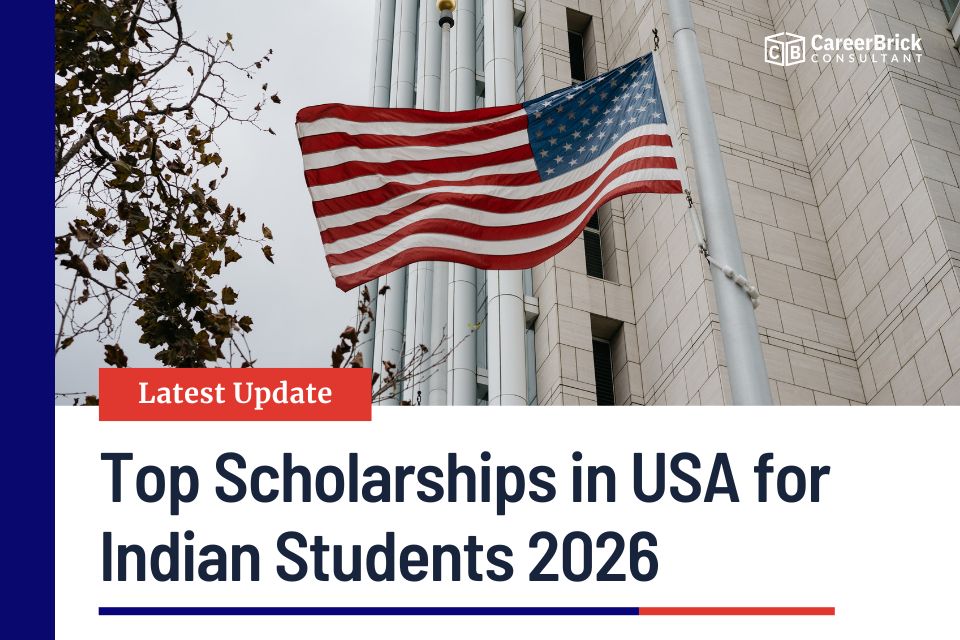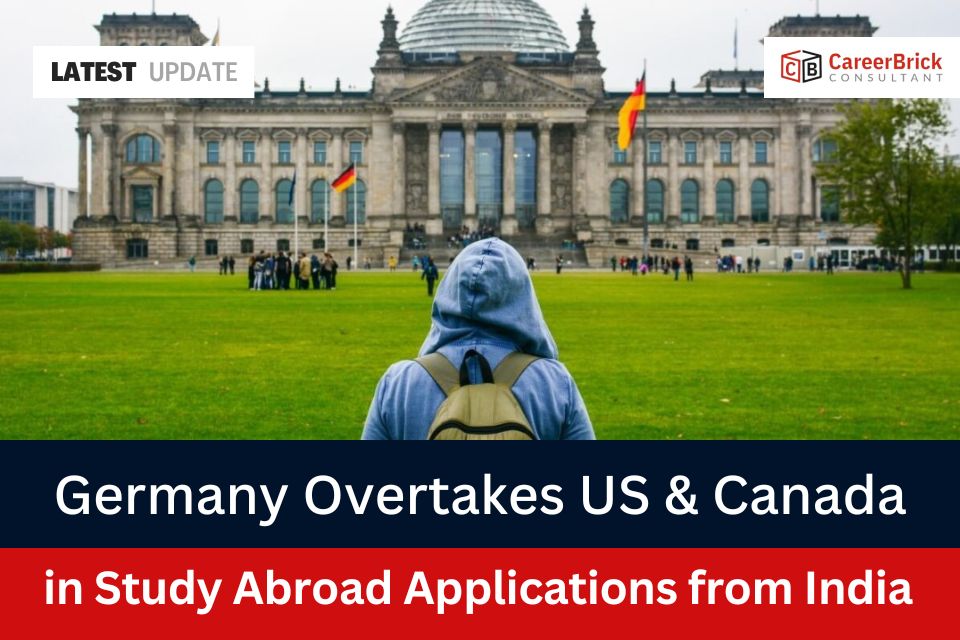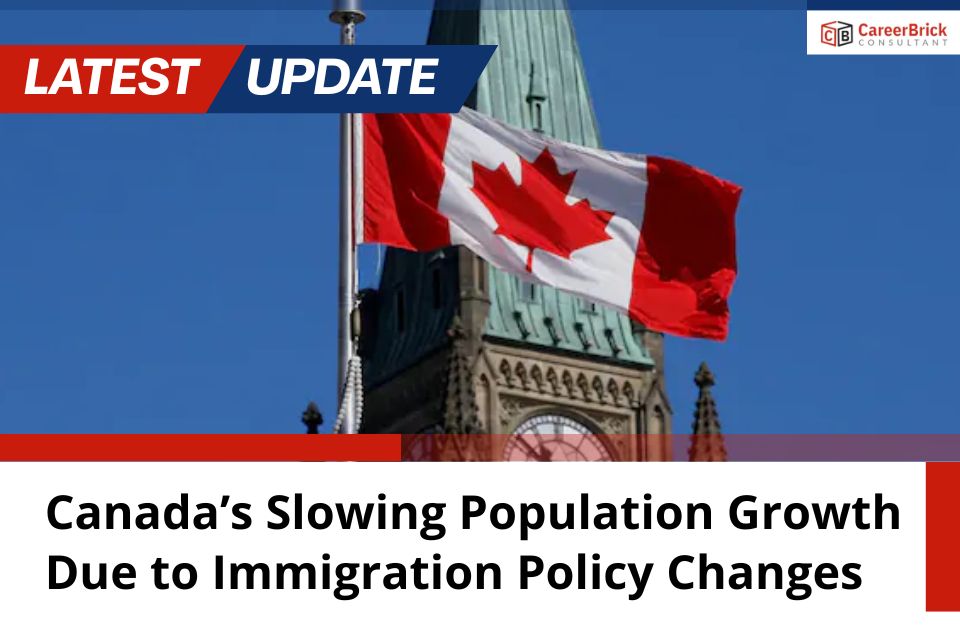For many international students, studying abroad is only half the story. After graduation, the real goal is often to gain meaningful work experience, build a career, and—ideally—settle permanently. In 2025, many top study destinations are revising their post‑study work (PSW) policies to balance labor market needs with migration control. Here’s how the major destination countries are shifting the ground beneath international grads.
United States: OPT stays central, but pressure mounts
-
The Optional Practical Training (OPT) program continues to be the backbone of U.S. post‑study work rights. Graduates typically get up to 12 months of work authorization, with STEM degree holders eligible for a further 24‑month extension (for a total of 36 months).
-
A key 2025 update: U.S. Citizenship and Immigration Services (USCIS) has digitized much of the OPT application process, aiming to reduce delays that historically frustrated many graduates.
-
Still, the transition from OPT to a long‑term work visa remains fiercely competitive. The H‑1B lottery, with only 85,000 new visas annually (20,000 reserved for master’s degree holders), continues to bottleneck many career trajectories.
-
Tech, healthcare, engineering, and finance remain the dominant sectors for H‑1B allocations—over 70% of H‑1Bs are awarded to computer-related roles.
Takeaway: OPT remains a valuable stepping stone—but tens of thousands of grads still hit a wall when applying for an H‑1B or alternative pathways like EB‑2 (including National Interest Waiver applications).
United Kingdom: Graduate Route intact, but reforms loom
-
The Graduate Route, launched in 2021, allows bachelor’s or master’s degree holders to stay in the UK for two years, and PhD holders for three years, to live and work.
-
However, proposed reforms in the UK Government’s 2025 White Paper hint at changes:
-
Shrinking the Graduate Route duration to 18 months
-
Extending the period before eligible for Indefinite Leave to Remain (ILR) from 5 to 10 years
-
Tightening eligibility for Skilled Worker visas, and barring overseas recruitment in certain sectors (already effective as of July 2025)
-
-
As of now, the Graduate Route remains unchanged—but the proposed reforms indicate that the post‑study landscape could become more restrictive.
-
Career hotspots include London (finance, tech, creative), though emerging regional centers (Manchester, Leeds, Birmingham) are also expanding.
Takeaway: If you’re planning to study in the UK, the current Graduate Route is still favorable—but upcoming changes may squeeze the breathing room grads currently enjoy.
Canada: PGWP adjusts to match academic and labor trends
-
Canada’s Post‑Graduation Work Permit (PGWP) has long been a major draw for international students, allowing up to 3 years of work based on program length.
-
Eligibility requirements include: - Graduation from a Designated Learning Institution (DLI) - For non-degree programs, course of study must fall within PGWP‑eligible fields - Language proficiency (measured via Canadian Language Benchmarks or NCLC) – e.g. Level 5 for college grads, Level 7 for university grads
-
Recent 2025 updates: - Master’s graduates—even from programs shorter than 2 years—may now qualify for 3‑year PGWPs, provided all other criteria are met - Applicants must apply within 180 days of graduation and maintain valid status
-
Canada is also recalibrating its immigration priorities: sectors like healthcare, skilled trades, IT are being favored, especially via Provincial Nominee Programs (PNPs), which often offer more direct routes to permanent residency for PPPWP holders working in in‑demand fields.
Takeaway: The PGWP remains a strong bridge to work and PR, especially for grads in high-need sectors, but the rules have become more nuanced to align with Canada’s labor and immigration goals.
Australia: Tighter rules, but still opportunity in priority fields
-
Australia’s Temporary Graduate (Subclass 485) visa has undergone significant changes in 2024–2025 to better match skills demand with immigration policy.
-
Under the revised framework: - Duration ranges from 2 to 4 years (Post‑Higher Education Work stream), depending on the qualification - PhD holders now receive 3 years (reduced from 4) - Diploma/trade graduates can apply under the Post‑Vocational Education Work stream (up to 18 months) - Graduates in regional or remote areas, or those who studied in regional institutions, may be eligible for extended stay (up to 6 years) - Key updates: • The age limit for applicants has dropped from 50 to 35, with limited exceptions • Higher English proficiency standards now apply (e.g. IELTS 6.5 overall) • Graduates in priority sectors (e.g. healthcare, ICT, engineering, teaching) may receive extended post-study rights
-
The reform introduces a sharper focus on skills that Australia needs, particularly in infrastructure, health, renewable energy, and regional development.
Takeaway: The 485 visa is still a pathway—but with stricter ceilings and more emphasis on sector alignment and regional study.
Germany: A solid career gateway in Europe
-
Germany stands out among non–English-speaking nations with a pragmatic route from study to work: - Graduates can stay up to 18 months on a job‑seeking visa to search for employment relevant to their degree - During this time, they may accept any work to financially support themselves - Once they find a qualified job, they can transition to a residence permit for qualified employment or apply for an EU Blue Card — which allows job mobility across the EU
-
The 2025 Skilled Immigration Act reforms make it easier to shift from a student visa to a work permit, particularly in STEM and healthcare. Credential recognition processes have also been simplified.
-
Germany faces acute skill shortages in engineering, IT, data science, renewable energy, and health services. English-language roles are increasing, especially in tech hubs like Berlin and Munich, though learning German is still valuable for full integration.
Takeaway: Germany offers a structured, relatively clear path from study to work, especially in sectors where skills gaps are acute — and offers a foothold into broader EU opportunities.
Tips for Students Eyeing Post‑Study Success
-
Plan early — Explore post-study pathways before applying to universities or programs.
-
Choose strategically — Opt for courses aligned with in-demand sectors (e.g. STEM, healthcare, energy, AI).
-
Stay updated with official sources — Immigration and visa rules shift frequently; don’t rely on hearsay.
-
Think long term — If your end goal is permanent residency, pick study programs and locations that align with PR‑friendly visa routes.
In 2025, post‑study work rights remain among the most powerful levers for international students — but they’re also evolving fast. With preparation, strategic decision-making, and awareness of shifting rules, you can maximize your chances of turning your study abroad investment into a lasting global career.







